 Several states offer free tuition programs for students to attend state colleges and universities. The programs require various qualifiers including but not limited to state residency, maximum income cutoff, community service or attendance requirements and/or a minimum 2.5 grade point average in high school. All programs also require parents and students to fill out the FAFSA form to assess financial need. All the Places in the U.S. Where You Can Go to College for Free by Kaitlin Mulhere outlines 37 programs in 19 states. One of these could reduce your cost of a college education by thousands of dollars.
Several states offer free tuition programs for students to attend state colleges and universities. The programs require various qualifiers including but not limited to state residency, maximum income cutoff, community service or attendance requirements and/or a minimum 2.5 grade point average in high school. All programs also require parents and students to fill out the FAFSA form to assess financial need. All the Places in the U.S. Where You Can Go to College for Free by Kaitlin Mulhere outlines 37 programs in 19 states. One of these could reduce your cost of a college education by thousands of dollars.
Category Archives: Higher Education
Is An Ivy League Education Really Worth It?
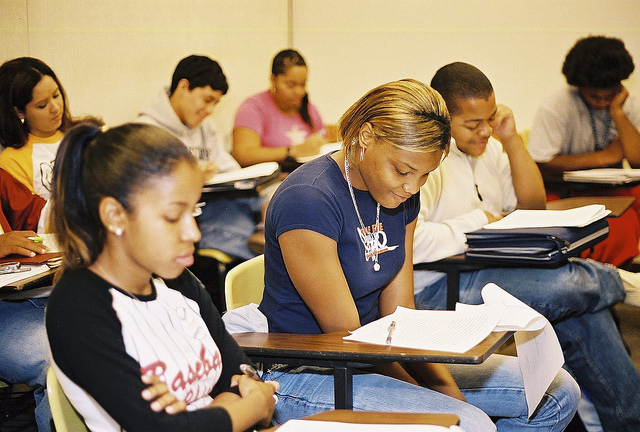
Should you send your son or daughter to an Ivy League college or university or another high quality school that does not have the prestige or the cost of the Ivies? This is a question parents all over the country wrestle with every year as decisions about where students will be in the fall are made. The choice of a college or university depends on many things the most important of which is the student. Each family should send their son or daughter to the school the fits him or her best and that fits their budget for college. In Ivy League or Bust? , Kristin Battista-Frazee’s recent article on Huffington Post does an excellent job of setting out the factors to be evaluated when making this important decision. I strongly recommend that you read this article before deciding on a college or university.
More Concerns About For Profit Education
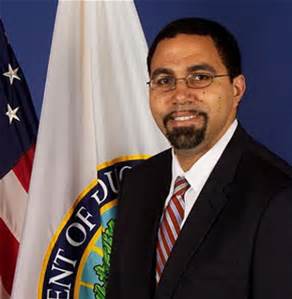
I read today that the Department of Education is considering terminating the accrediting authority of the Accrediting Council for Independent Colleges and Schools . As I mentioned in For Profit Schools Have A Built In Conflict, this will mean that all of the schools that this organization has accredited will not be able to receive federal funds for higher education. It will also leave many students with thousands of dollars in school loans and no degree.
For Profit Schools Have A Built In Conflict Of Interest
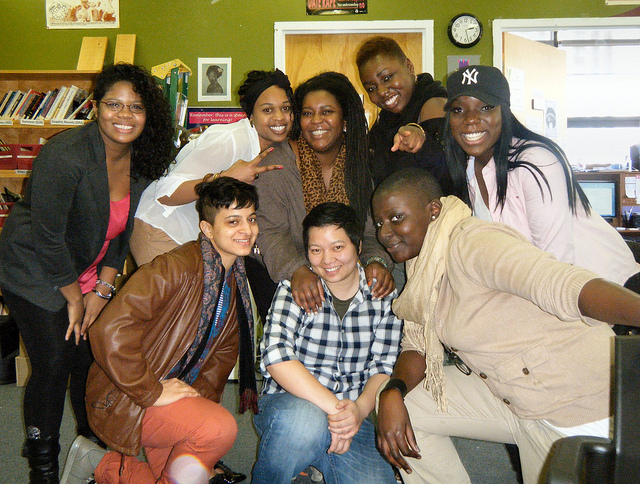
During my career in higher education, I’ve heard politicians and policy makers say that colleges and universities should be run more like businesses. They would be more efficient and provide a better product for students and parents. Articles have been written supporting this proposition as well.
Everyone must be careful, however, in dealing with for profit colleges and universities whose mission is not education. Their objective is to make money and provide a good return for investors. This contrasts with the service mission of traditional colleges and universities to provide educational opportunities for their students. This fundamental difference in mission must be taken into account when deciding where to invest your money for a college education.
“When Student Loans Outlive Failed Schools” describes what can happen when the profit motive becomes too important. ITT Educational Services is a large for profit educational system with a presence in 39 states operating 128 campuses. The company has not maintained the standards required to keep their accreditation from the Accrediting Council for Independent Colleges and Schools which means they can no longer receive funds from federal school loan programs. The federal government has demanded $44 million from ITT to cover refunds to students who will not get the educations paid for if the company goes out of business. ITT has stated that if they lose accreditation this is exactly what will happen leaving students to shoulder the burden of paying off school loans which average $24,000 per student.
All for profit colleges and universities are not like ITT but they all have profit not education as their primary objective. Do your homework before choosing one of these schools to ensure you get the education you paid for.
Yes, It Can Be Done
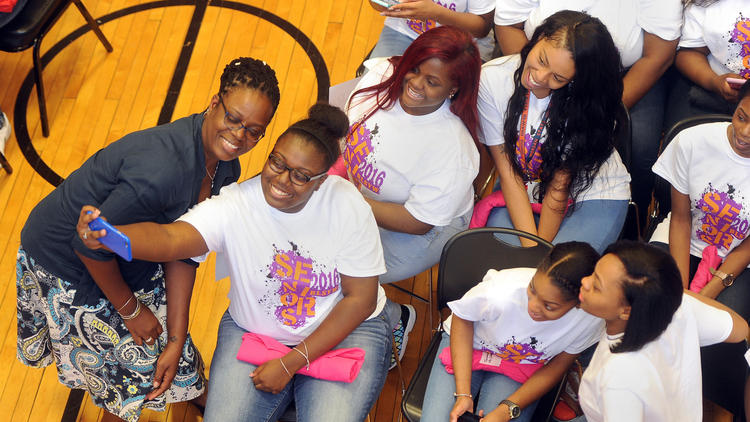
I recently read one of several troubling articles on the resegregation of public schools in America. We seem to be headed back to separate but unequal all over again. My question is does it have to be this way? Are there examples of public schools that are doing an effective job of educating disadvantaged youth in the communities where they live? The answer is yes. This spring, The Baltimore Leadership School for Young Women (BYSYW – pronounced “Bliss”) graduated its first class of 60 young women who are all going to colleges such as Johns Hopkins with SAT scores significantly higher than the city public school average and over $487,000 in scholarships.
The school’s director of college advising stated that “In a perfect world, everybody would go to college. In the BLSYW world, everybody creates a success plan.” School administrators said that message is the legacy of the first graduating class. Take a look at the article from the Baltimore Sun and let me know if you agree that this model needs to be expanded and emulated.
How To Reduce College Dropouts
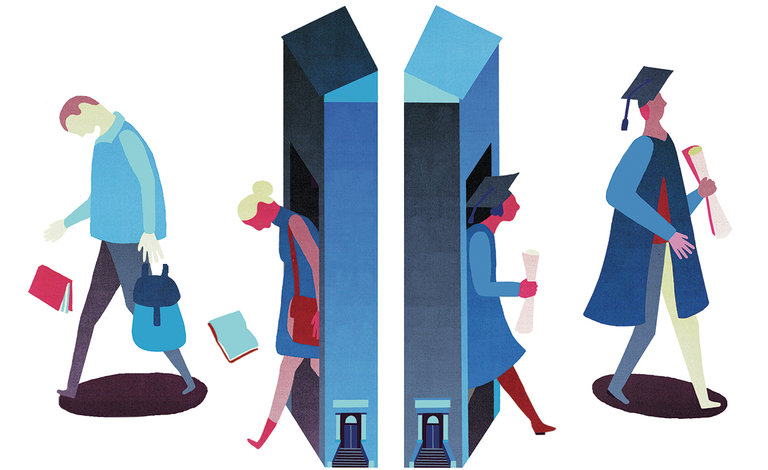 Follow the link below to read an interesting article on what some universities are doing to significantly reduce the number of students who start but don’t finish college. How do you think these strategies would work at your college or university?
Follow the link below to read an interesting article on what some universities are doing to significantly reduce the number of students who start but don’t finish college. How do you think these strategies would work at your college or university?
http://www.nytimes.com/2016/05/01/opinion/sunday/what-can-stop-kids-from-dropping-out.html?_r=0
The Virginia Festival of the Book – A Wonderful Experience
In March, Donna and I were presenting authors at the Virginia Festival of the Book. I participated in three events. On Wednesday March 16th, I talked with fifty students at Albemarle High School about preparing for success in college. Several of the students told me how much they appreciated the advice and how I shared it with them and the teachers were glad to hear their messages reinforced by someone the students enjoyed listening to.
Wednesday evening, I was one of two panelists discussing the adolescent mindset and the best ways to help students prepare for and have a successful college experience leading to graduation in four years with good grades and good job prospects. There was a standing room only audience who had sons and daughters in college or preparing to go so they were quite interested in our presentations. They demonstrated their interest by purchasing all the books I had brought for sale!
Finally, Sunday morning I briefly discussed College In Four Years at the Links of Charlottesville brunch for Festival authors who wrote books relevant to African Americans and/or people of color. I told the audience of 200 about the value of the book for students and parents and how it could be instrumental in helping them work together for success in college. The message resonated with them and they also purchased every book available for sale.
In addition to these presentations, I will be sharing more information with students in Charlottesville high schools in May.
Needless to say, I am thankful for the opportunity to participate in the Virginia Festival of the Book and thrilled with the reception College In Four Years got at all the events and with an opportunity to share information with more students in May. Take a look at the pictures below from the events.
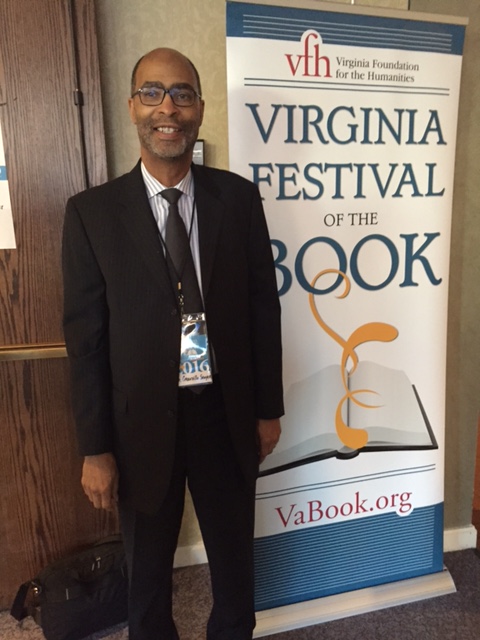
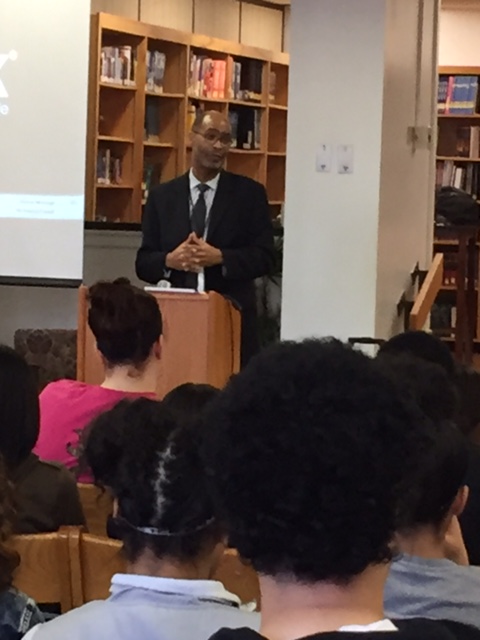

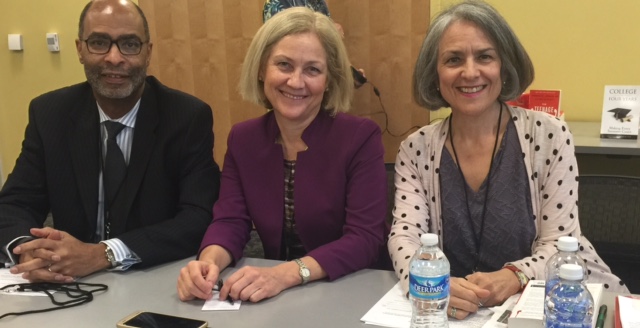
The Virginia Festival of the Book
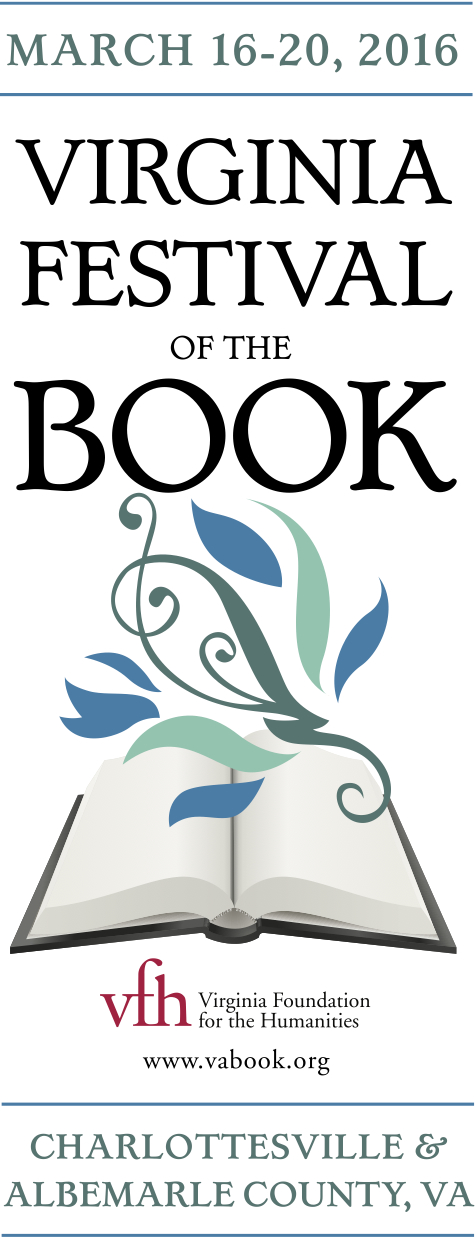 I want to let you know that I will be participating in the Virginia Festival of the Book later this month. Here’s a list of the events, dates, times and locations. I hope you can join me there:
I want to let you know that I will be participating in the Virginia Festival of the Book later this month. Here’s a list of the events, dates, times and locations. I hope you can join me there:
Presentation of College in Four Years at Albemarle High School at 2775 Hydraulic Road, Charlottesville, Virginia 22901. The presentation will be at 10:30 AM on Wednesday March 16th.
A discussion of College In Four Years as part of the Virginia Festival of the Book at 6:00 PM on March 16th at the Northside Library at 705 Rio Road, West Charlottesville, Virginia 22901. The discussion will be from 6:00 PM to 7:30 PM.
Participation in the 13th annual Celebration Brunch 11:30 AM–2:30PM at the Charlottesville Omni Hotel on Sunday, March 20, 2016 sponsored by the Links of Charlottesville where each author will briefly discuss his/her book.
Who Are State Colleges and Universities For?

I recently read an article about a disturbing trend in student demographics at state colleges and universities. Schools have been increasing the number of out-of-state students they accept and reducing the number of in-state students they accept. This is being done for money. Out-of-state students pay more tuition so schools want more of them to enhance their revenue each year. The result is that they are excluding more and more in-state students. At the University of Alabama, for example, 72% of freshman students were in state in 2004. In 2014, only 36% of incoming freshman students were from Alabama. If this trend continues, it will make college less attainable and affordable for state residents who support flagship state universities with their tax dollars.
Dr. Granville M. Sawyer, Jr. Appears on The Thornton Business Hour Wednesday, January 20, 11:00 AM, WOL 1450 AM
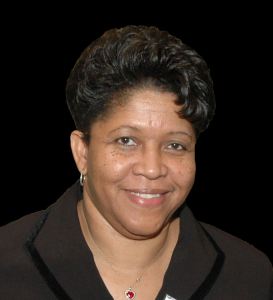
I’ll be the guest of Pat Thornton, on her radio show, The Thornton Business Hour on WOL 1450 AM tomorrow January 20th at 11:00. You can also listen to the live stream at http://woldcnews.newsone.com/ if you are outside of the listening area.
Pat and I will be talking about how to earn a college degree in less time with less stress for less money. If you would like to leave a comment or a question that you would like for me to answer during the show please do so in the comments section below and tag it #ThorntonBusinessHour.